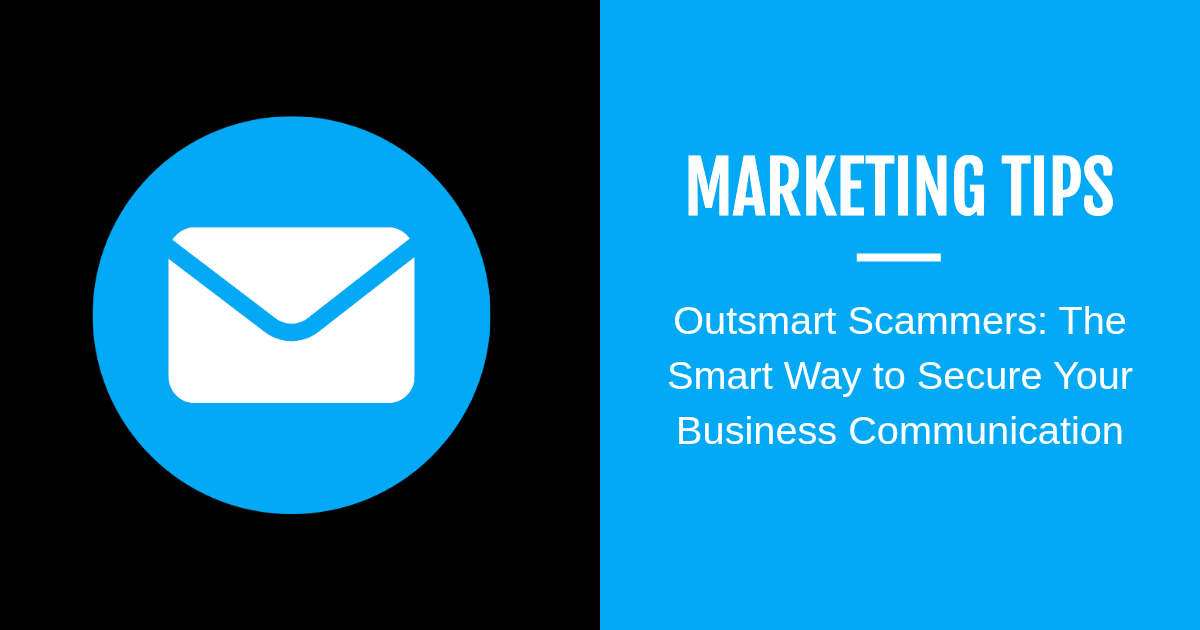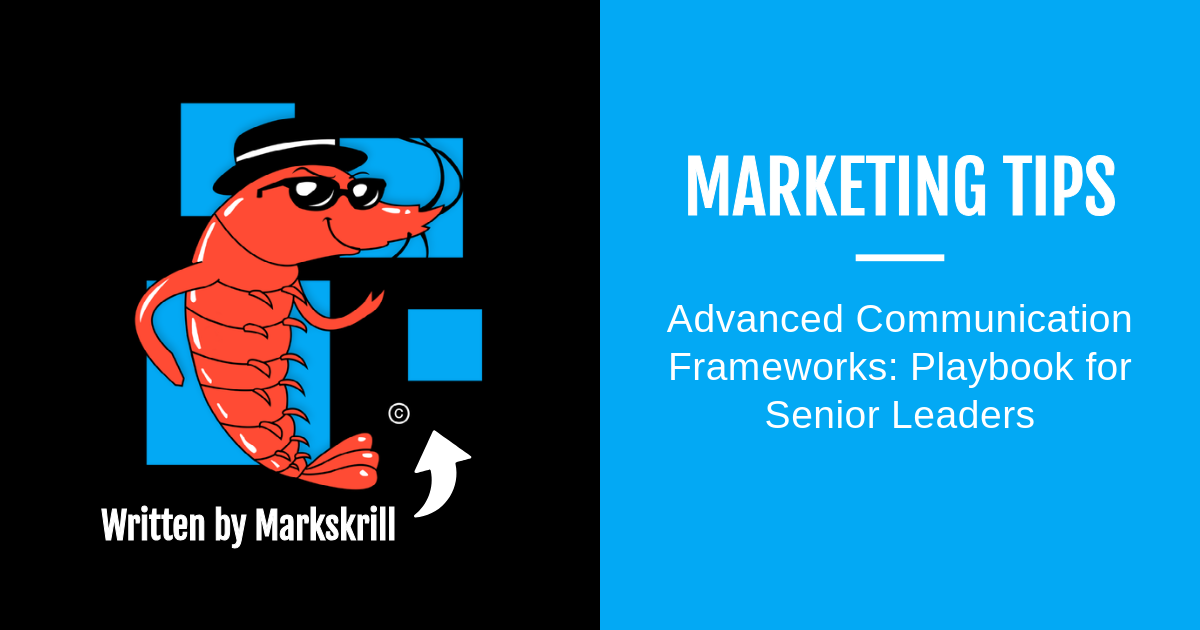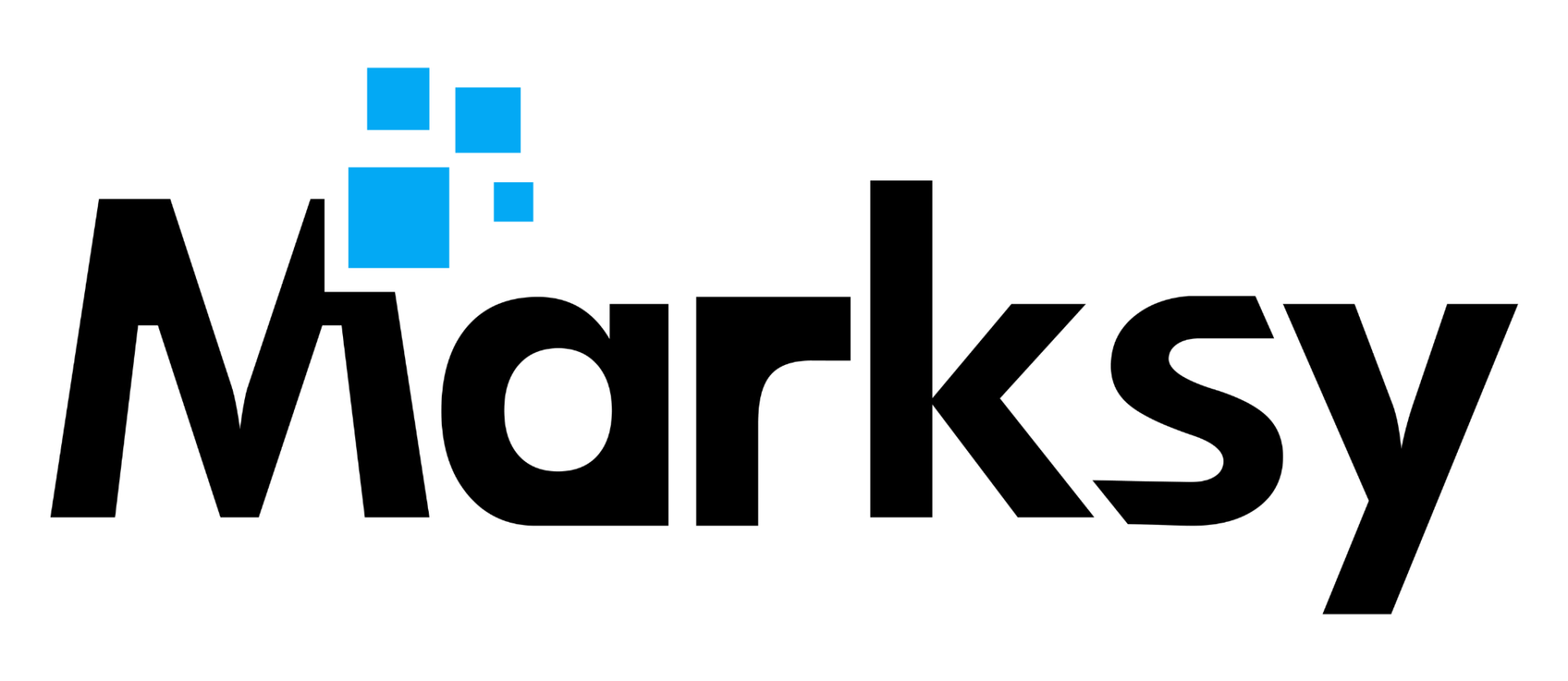Marketing Tips
We've tucked away the header (Menu) on this post so you can focus without distractions! Visit the homepage.
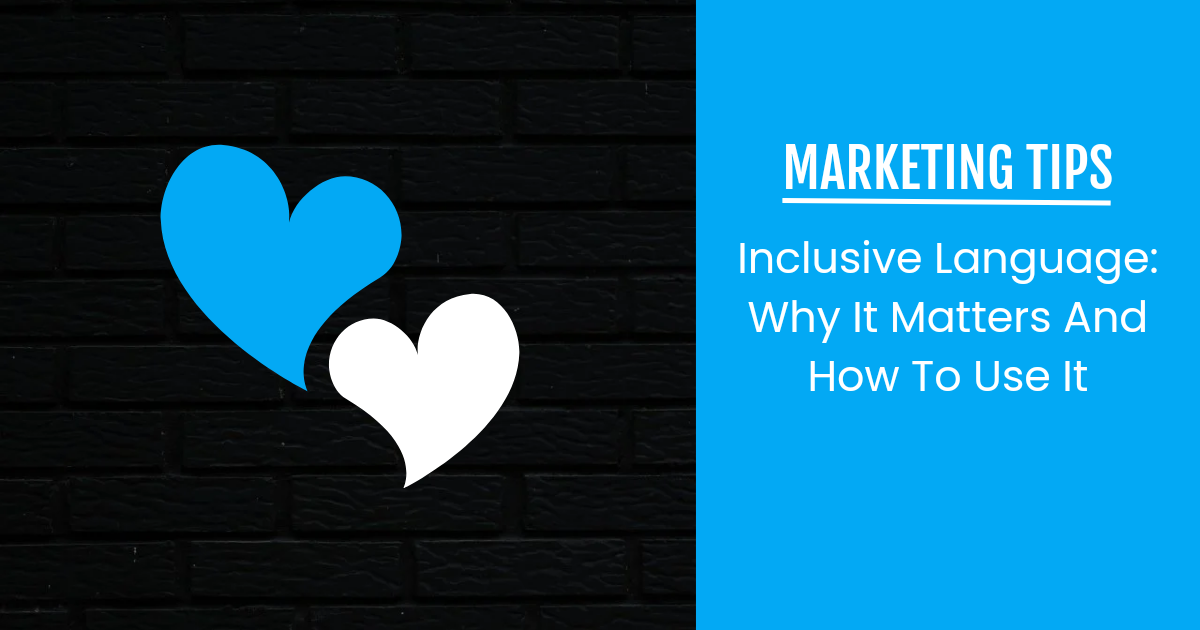
Crafted by your favourite crustacean
This post was crafted in the tone and style of our mascot, Markskrill.
G'day, legends! In the bustling digital world, clear communication is king. But beyond just being understood, how we speak – and write – plays a huge role in making everyone feel welcome and part of the crew. It's about being sharp with your words to ensure everyone feels like they belong, like they're part of the team. Because, let's be honest, who doesn't love a good crew?
Inclusive language isn't about being overly "politically correct"; it's about smart communication. It ensures your message resonates with a broader audience, builds trust, and reflects a modern, respectful brand. It's simply good business sense.
Tips from a krill who cares
So, how do you spruce up your lingo and make it more inclusive? Well, gather 'round, we're here to share these pearls of wisdom:
- Go gender-neutral: Ditch "he" and "she" when you're talking generally. Instead, opt for gender-neutral terms like "they" or "them." It's like a magic word that includes everyone.
- Challenge assumptions: Chuck stereotypes overboard. Don't make assumptions about people based on their background, where they come from, or what they believe. Everyone's got their own story, mate.
- Put the person first: Instead of saying "a disabled person," try "a person with a disability." It's all about focusing on the individual, not defining them by a characteristic.
- Watch out for cultural snares: Avoid slang or idioms that might offend certain groups. Not everyone knows what a 'bogan' is, right? What's perfectly harmless to you might not land well elsewhere.
- Be a good listener: If someone tells you your language could be more inclusive, own up to it and try to do better next time. It's all part of learnin' and growin'.
Inclusive language in action
Alright, let's see how this works in the real world, eh? These examples show how a small tweak can make a big difference:
- Not inclusive: "Hey guys, check out this awesome deal!"
- Inclusive: "Hey everyone, check out this awesome deal!"
- Not inclusive: "The old lady couldn't figure out how to use her phone."
- Inclusive: "The person was having some trouble with their phone."
- Not inclusive: "We're looking for a fireman to join our team."
- Inclusive: "We're looking for a firefighter to join our team."
Embracing inclusive language isn't just a nicety; it's a savvy move for any business aiming to connect authentically with a diverse audience. It ensures your message lands well, builds trust, and makes everyone feel like a welcome part of your crew.
References
As a commercial entity focused on providing engaging and accessible content, we generally do not include formal citations, references, or lists of sources. However, there may be instances where we directly quote or significantly draw upon the work of others, in which case we will always provide appropriate credit where it is due.
Flashcards
Welcome to your interactive marketing glossary. Understanding the language of modern marketing jargon is crucial for success, and this tool is designed to help you master the essential terminology, from A/B testing to SEO. Begin by studying the terms in our flashcard deck.
Click card to flip
Which term matches this definition?
There are more words to learn!
Join our exclusive marketing newsletter
Psst! Hey, you! Yeah, you! Wanna be part of something exclusive? Sign up for a free Business Hub account and you'll get access to your own marketing software, packed with built-in features! On top of that, we'll invite you to our webinars, where we share insider knowledge on topics that we might not discuss here.

